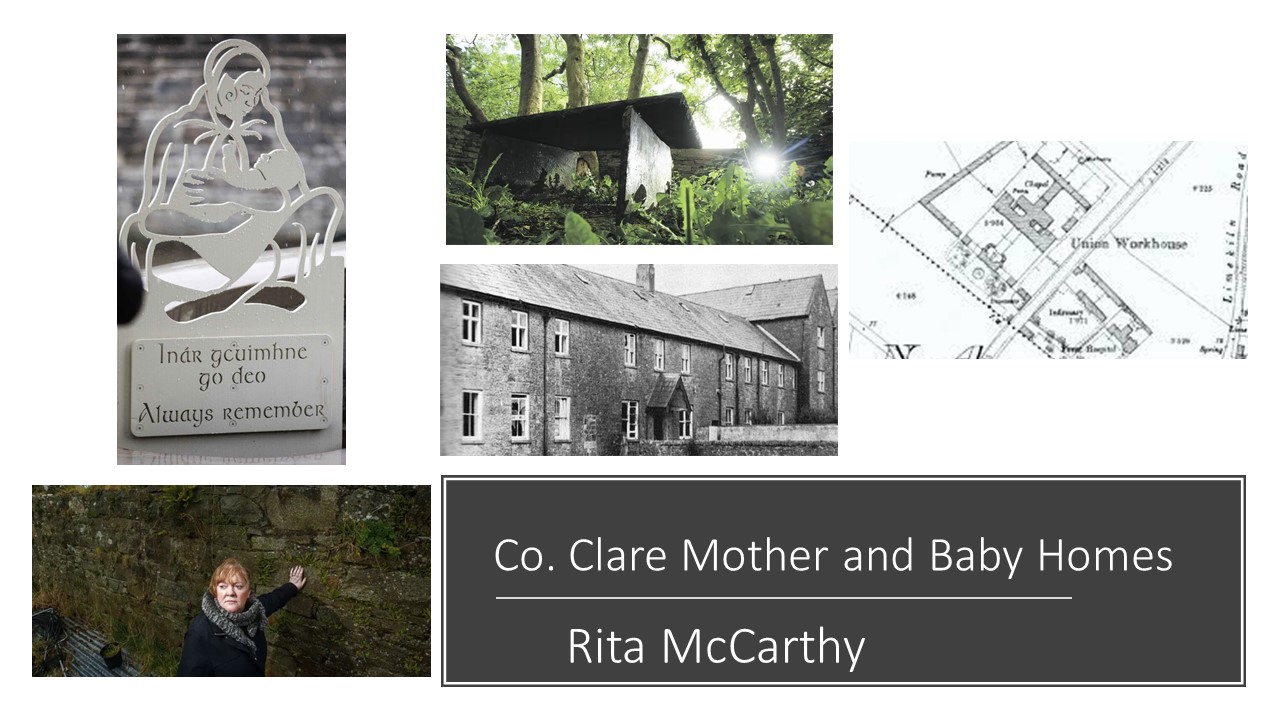Almost immediately after the Anglo Irish Treaty was signed in 1921, the County Clare Board of Health put the plans in place for an Amalgamation Scheme, which meant the closure of the workhouses and the movement of the 'inmates' to the New Central County Home in what had been Ennis Workhouse. A second workhouse in Kilrush was converted into a “Mother and Baby Home” and orphanage for women and children from all over the county. This became known as the County Nursery or the Kilrush Nursery. It operated only from January 1922 until March 1932. In that time approximately 440 babies were born there - with at least 182 babies dying.
From the outset it was deemed a 'disgrace' and a place unfit for human habitation. While it was supervised by Sisters of Mercy until 1928, it came under the remit of Clare County Council with scrutiny by the Department of Local Government and Health, and as such, it shines a light on how civic powers – not just the Church - viewed women and children who they deemed ‘children of a lesser God.’
Rita McCarthy has an MA in local history from the University of Limerick and currently works in adult education as a history and heritage studies tutor. She is an independent historical researcher who uncovered the story of the County Clare Mother and Baby Home which was presented in an exhibition at Clare County Libraries. She has worked on a number of radio documentaries including, Scattery Island Hidden Treasure, The End of the Country House Dance, Clare Two Lives 1916 and Clare Radio: 1920. She is working on a book on the County Clare Nursery.
